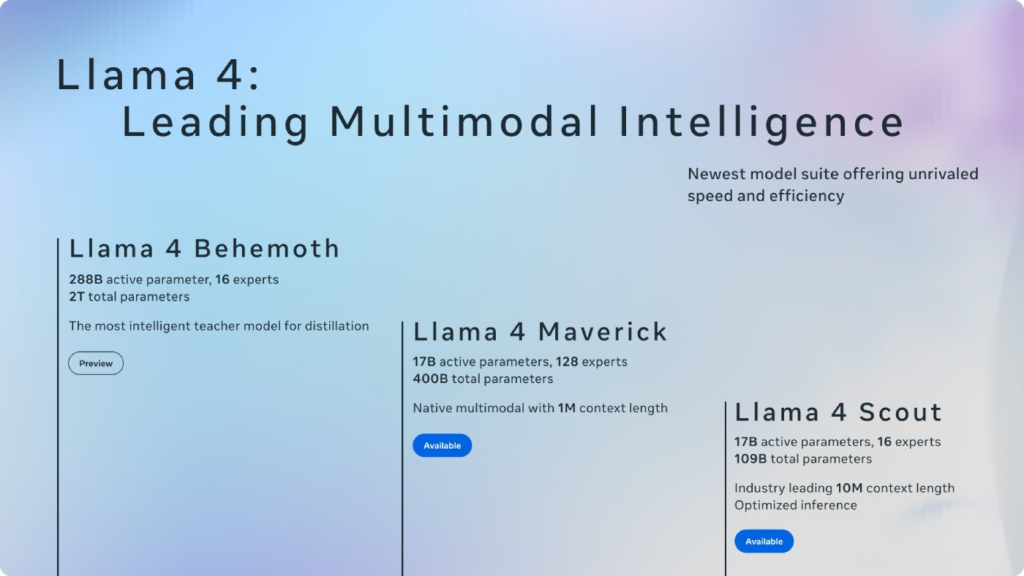Try Midjourney’s V7 AI Image Generator, Then Share Feedback & Show Off Your Creations
Image: AnnaStills/Envato Elements Midjourney unveiled on April 3 the alpha version of its V7 model — the company’s first major model release in more than a year. The update introduces significant upgrades, including new operational modes and personalization features, as Midjourney invites its community to test the model and provide feedback. The independent research lab introduced its latest AI-image generation model, V7, as a substantial step forward from its previous versions offering two operational modes — Turbo and Relax — along with a newly introduced “Draft Mode” for faster, cost-effective image rendering. The update also enables automatic model personalization, allowing users to fine-tune outputs based on visual preferences. Midjourney teased more features, promising upgrades to the editing, upscaling, retexture capabilities, and a new V7 character and object reference. A step up from Midjourney V6 The V7 model is still in its alpha stage, so as it continues to develop, Midjourney wants users to try it out and give constructive feedback, sharing plans to apply the responses to improving and working out the kinks of its newest model. Midjourney’s announcement shared several improvements since its V6 model’s release in December 2023. While the model did improve with its 6.1 and 6.2 versions, the V7 promises even more enhancements. For instance, its new Voice Mode feature has text-to-talk capabilities, offering more ways for users to prompt the model’s AI image generation. Another change from previous versions involves its personalization feature, which is turned on by default, requiring users to create their V7-specific personalized style before using the model. Users can toggle it on and off afterward if they prefer. Certain features like Moodboards, SREF (Style & Reference) work, and performance will continue to undergo improvements through V7’s future updates, which users can expect every one to two weeks over 60 days. Until then, the lab stated that retexture, upscaling, and editing will fall back on the V6 models. Although the next generation of AI advancements may be exciting, Midjourney encourages users to remember that the V7 version may require different styles of prompting than its predecessors. More must-read AI coverage Provide Midjourney with feedback and share your V7 creations While the news is fresh, users have begun sharing their opinions of the V7 online with mixed responses. Many still hope for improvements in overall image quality, especially regarding factors like anatomical understanding and text generation, two significant weaknesses for AI image generators. People who wish try out the V7 new model and provide constructive feedback can do so through Midjourney’s Discord channel #ideas-and-feedback or share their new V7 model creations with the Midjourney community in #v7-showcase. The lab even promised a community-wide roadmap ranking session to gain additional input. source
Try Midjourney’s V7 AI Image Generator, Then Share Feedback & Show Off Your Creations Read More »













